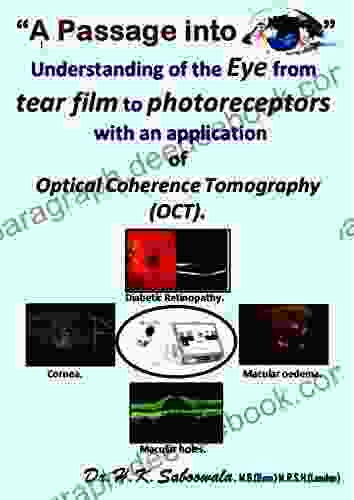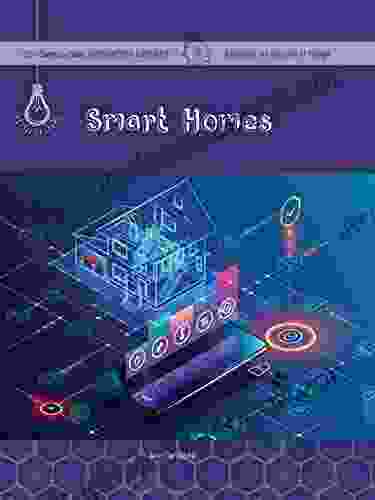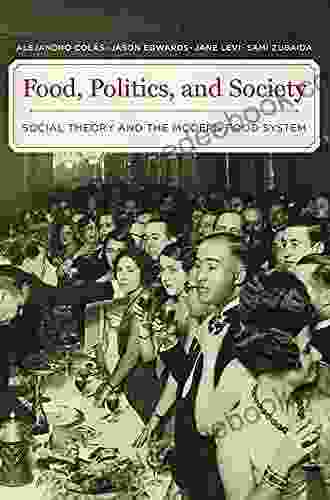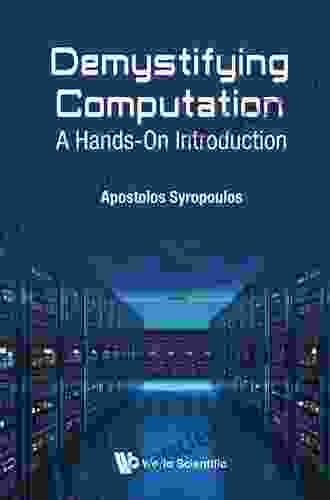Understanding the Eye: From Tear Film to Photoreceptors with Applications

The human eye is a marvel of nature, a sophisticated organ that allows us to perceive the world around us in all its vibrant beauty. It is a complex structure with multiple layers and components, each playing a vital role in the process of vision. In this article, we will delve deep into the intricate details of the eye, from the outermost tear film to the specialized photoreceptors that convert light into electrical signals. Armed with this knowledge, we will explore practical applications of ocular science in various fields.
5 out of 5
| Language | : | English |
| Text-to-Speech | : | Enabled |
| Enhanced typesetting | : | Enabled |
| Lending | : | Enabled |
| File size | : | 11054 KB |
| Screen Reader | : | Supported |
| Print length | : | 39 pages |
The Tear Film
The journey into understanding the eye begins with the tear film, a thin, transparent layer that covers the front surface of the eye, also known as the cornea. This intricate film serves a critical function in maintaining the health and clarity of the cornea. It consists of three distinct layers:
- The outermost lipid layer: Produced by meibomian glands located in the eyelids, this oily layer helps prevent evaporation and stabilizes the tear film.
- The middle aqueous layer: Secreted by the lacrimal glands, this watery layer contains nutrients and oxygen for the cornea and conjunctiva.
- The innermost mucin layer: Produced by goblet cells in the conjunctiva, this layer helps the aqueous layer adhere to the corneal surface.
The tear film performs several essential functions, including:
- Lubricating the cornea, reducing friction during blinking
- Providing nutrients and oxygen to the cornea
- Protecting the eye from infections and irritants
- Washing away foreign particles and debris
The Cornea
Beneath the tear film lies the cornea, a transparent, dome-shaped structure that forms the outermost layer of the eye. It acts as a protective shield and the main refractive element, focusing light onto the retina. The cornea has a precise curvature and thickness, allowing it to bend incoming light rays and direct them towards the lens and retina.
The Lens
Within the eye, just behind the iris and pupil, resides the lens, a flexible, biconvex structure that plays a crucial role in the focusing process. It has the ability to change shape, adjusting its curvature to focus light precisely onto the retina. This process, known as accommodation, allows us to see objects at different distances with clarity.
The Pupil and Iris
In the center of the eye, surrounded by the white sclera, lies the iris, a colored, circular structure with a central opening called the pupil. The iris controls the amount of light entering the eye by adjusting the size of the pupil. In bright conditions, the pupil constricts to reduce the amount of light entering, while in dim conditions, it dilates to allow more light in.
The Retina
At the back of the eye, lining the inner surface, lies the retina, a thin, light-sensitive layer of tissue. It contains specialized photoreceptor cells, rods, and cones, which convert light into electrical signals. These signals are then transmitted to the brain via the optic nerve, where they are interpreted as images.
- Rods: Rods are highly sensitive to light and are responsible for vision in low-light conditions, such as night vision and peripheral vision.
- Cones: Cones are less sensitive to light but provide color vision and high-acuity vision in bright conditions.
Ocular Applications
The understanding of ocular structure and function has led to numerous practical applications in various fields:
Ophthalmology: Surgical and medical treatments, such as laser refractive surgery, cataract surgery, and glaucoma management, aim to restore and preserve vision.
Neurology: Eye movements and pupillary responses provide valuable insights into neurological function, aiding in the diagnosis of conditions like Parkinson's disease and Alzheimer's disease.
Forensic science: Ocular characteristics, such as iris patterns and retinal blood vessel patterns, are used in identification and investigation.
Contact lens development: Understanding the behavior of the tear film and corneal surface has led to advancements in contact lens design and materials, improving comfort and vision correction.
Optics and imaging: The principles of light refraction and image formation in the eye have influenced the development of optical instruments, such as cameras and telescopes.
The human eye is a masterpiece of nature, an intricate organ capable of transforming light into the vibrant images that fill our world. By understanding the structures and functions of the eye, from the tear film to the photoreceptors, we gain a profound appreciation for its complexity and versatility. This knowledge has paved the way for innovative applications, enhancing our understanding of health, improving our ability to restore vision, and inspiring advances in science and technology. As we continue to unlock the secrets of the eye, we marvel at the wonders of human biology and the limitless possibilities that lie ahead in the field of ocular science.
5 out of 5
| Language | : | English |
| Text-to-Speech | : | Enabled |
| Enhanced typesetting | : | Enabled |
| Lending | : | Enabled |
| File size | : | 11054 KB |
| Screen Reader | : | Supported |
| Print length | : | 39 pages |
Do you want to contribute by writing guest posts on this blog?
Please contact us and send us a resume of previous articles that you have written.
 Novel
Novel Page
Page Paperback
Paperback Magazine
Magazine Newspaper
Newspaper Paragraph
Paragraph Shelf
Shelf Glossary
Glossary Bibliography
Bibliography Preface
Preface Footnote
Footnote Manuscript
Manuscript Bestseller
Bestseller Library card
Library card Biography
Biography Autobiography
Autobiography Memoir
Memoir Encyclopedia
Encyclopedia Dictionary
Dictionary Narrator
Narrator Character
Character Resolution
Resolution Catalog
Catalog Card Catalog
Card Catalog Periodicals
Periodicals Study
Study Lending
Lending Academic
Academic Journals
Journals Rare Books
Rare Books Special Collections
Special Collections Interlibrary
Interlibrary Study Group
Study Group Thesis
Thesis Storytelling
Storytelling Awards
Awards Reading List
Reading List Book Club
Book Club Theory
Theory Textbooks
Textbooks Gaye Theresa Johnson
Gaye Theresa Johnson Eileen Troemel
Eileen Troemel Robert Gaylon Ross
Robert Gaylon Ross Mya Grey
Mya Grey Kristin Runyan
Kristin Runyan Carl Y Saab
Carl Y Saab Mac Barnett
Mac Barnett Jeffrey Tanenhaus
Jeffrey Tanenhaus Christian J Triola
Christian J Triola Maria Rashid
Maria Rashid Larry Hyslop
Larry Hyslop Dylan Rodriguez
Dylan Rodriguez Mike Michalowicz
Mike Michalowicz Roger Steffens
Roger Steffens April Churchill
April Churchill Kathleen M Sands
Kathleen M Sands Mark Helprin
Mark Helprin Arlette Farge
Arlette Farge Marian Keyes
Marian Keyes John Braine
John Braine
Light bulbAdvertise smarter! Our strategic ad space ensures maximum exposure. Reserve your spot today!
 Jared PowellFollow ·9.2k
Jared PowellFollow ·9.2k Thomas HardyFollow ·10k
Thomas HardyFollow ·10k Clay PowellFollow ·11.7k
Clay PowellFollow ·11.7k Harold BlairFollow ·15.9k
Harold BlairFollow ·15.9k Floyd PowellFollow ·16.7k
Floyd PowellFollow ·16.7k Hudson HayesFollow ·9.1k
Hudson HayesFollow ·9.1k Adam HayesFollow ·12.9k
Adam HayesFollow ·12.9k Brian WestFollow ·13k
Brian WestFollow ·13k

 Ricky Bell
Ricky BellThe Marriage: An Absolutely Jaw-Dropping Psychological...
In the realm of...

 Ray Blair
Ray BlairDiscover the Enchanting Charm of Budapest and Its...
Nestled in the heart of...

 Tyrone Powell
Tyrone PowellHuddle: How Women Unlock Their Collective Power
Huddle is a global movement that empowers...
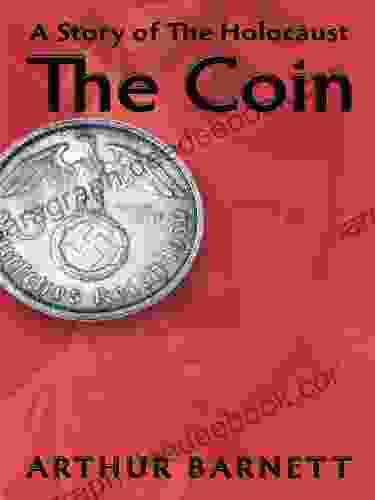
 Grayson Bell
Grayson BellThe Coin Story of the Holocaust: A Symbol of Hope and...
In the depths of the...
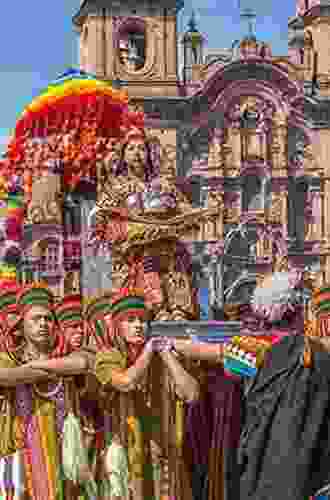
 Virginia Woolf
Virginia WoolfFolklore Performance and Identity in Cuzco, Peru: A...
Nestled amidst...
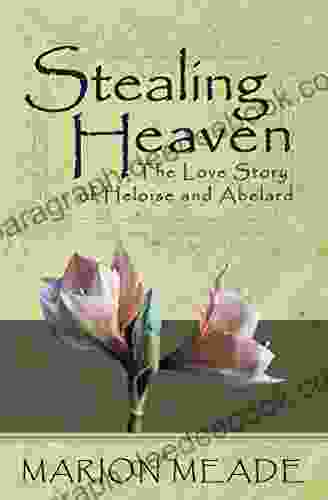
 Dylan Mitchell
Dylan MitchellThe Enduring Love Story of Héloïse and Abélard: A Tale of...
An Intellectual Passion In the heart of...
5 out of 5
| Language | : | English |
| Text-to-Speech | : | Enabled |
| Enhanced typesetting | : | Enabled |
| Lending | : | Enabled |
| File size | : | 11054 KB |
| Screen Reader | : | Supported |
| Print length | : | 39 pages |


